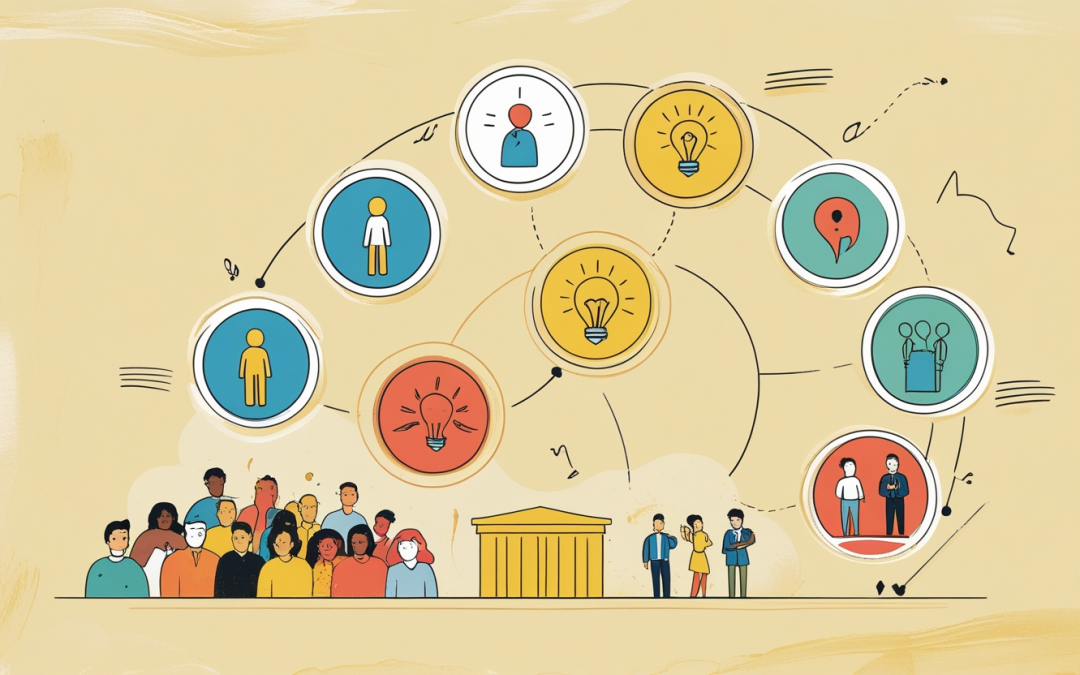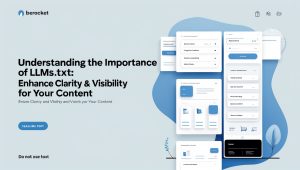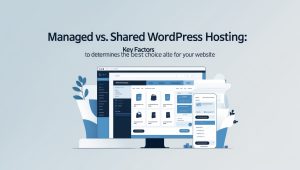The Secret to Great Presentations? Connection Over Perfection
Ah, presentations. That mildly terrifying rite of passage that leaves even the most seasoned professionals drenched in sweat and whispers of existential dread echoing in their minds. If you’re like me, you’ve probably stood before an audience, trembling like a leaf in a gale, wondering if they would rather watch paint dry than endure another word of your meticulously crafted spiel. But, as I’ve discovered through a fair amount of trial and error (let’s call it “research”), the key to a standout presentation boils down to one single truth: connection over perfection. 🎤
You see, the heart of an effective presentation isn’t in delivering a flawless monologue; it’s about creating a connection with your audience that resonates. I’ve sat through countless talks that were more akin to community theater tragedies than informative sessions. They tended to follow the same dreary script: slide after slide of bullet points, a monotone voice looping like an overly ambitious algorithm, and a distinct lack of enthusiasm. I know that by simply striving for perfection, we inadvertently overlook the very essence of why we’re up there in the first place—to share something meaningful with real people, with intricate thoughts and emotions.
Connecting with your audience begins with understanding that their minds are not blank slates; they come with expectations, experiences, and a healthy dose of skepticism. Far too often, we forget that when we step onto a stage, we’re engaging with fellow human beings and not just an audience of evaluation-ready critics. Allow me to digress for a moment: how many times have you flinched during a presentation because the speaker seemed oblivious to the collective sighs and eye rolls? It’s like watching someone sing an off-key lullaby to a toddler who just wants to go home. I think it’s crucial to recognize that if we want to captivate an audience, we must first acknowledge their intelligence and humanity. 🤝
Crafting a presentation that respects your audience’s time and intellect is not unlike having a conversation with a close friend. The trick is to transform the typically rigid format into a dynamic exchange of ideas. When I prepare, I often ask myself: “What does my audience want to walk away with?” By reframing my approach, I end up delivering a presentation that’s less about my expertise and more about the value I can offer them. It’s about weaving in relatable anecdotes, asking provocative questions, and fostering a sense of shared experience. That’s how I learned to shift from information overload to storytelling nirvana.
Let’s face it—nobody walks away from a talk raving about the impeccable handouts or the color scheme of the slides. What sticks with people are the stories, the emotion, and the laughter that punctuates the silence. Humor, in particular, can be a powerful tool to break down barriers. I once delivered a talk about digital marketing prowess, beginning with a slightly embarrassing but ultimately humanizing story about my first foray into the field—let’s just say it involved a very misguided attempt at social media engagement that had the potential to ruin my career before it even began. Through laughter, I suddenly transformed my audience from mere spectators to participants in my journey.
But let’s peel back another layer of this concept: vulnerability. It’s a bizarre notion to consider that sharing our failings and stumbles might resonate more than polished tales of triumph. It’s shocking how a simple “I’ve messed this up too” can evoke a wave of nodding heads and sympathetic chuckles. Allowing ourselves to be vulnerable can create an authentic atmosphere where our audience feels free to engage with our ideas. They feel our authenticity, and suddenly, we’re not just faces behind a podium—we become relatable, dynamic humans. 🌍
So, as I navigate the often torturous waters of speaking, I remind myself that we’re all in this together. The key is to prioritize connection over perfection. Instead of tirelessly crafting a flawless execution, let’s create avenues for dialogue, opportunities for laughter, and moments of reflection.
The next time I step onto that daunting stage, I’ll hold this truth close to my heart: it’s not the perfection of the presentation that leaves an impression—it’s the connections we forge, the experiences we share, and the honesty we embrace. Take a little risk; be a little messy; and watch as your audience transforms from passive listeners to engaged participants ready to embark on a journey with you. And in that shared moment, you’ll realize, perhaps for the first time, you’re not just presenting—you’re connecting. 🌟
Conquer the fear of imperfection, and put connection above all else. Trust me, the results will be transformative.









